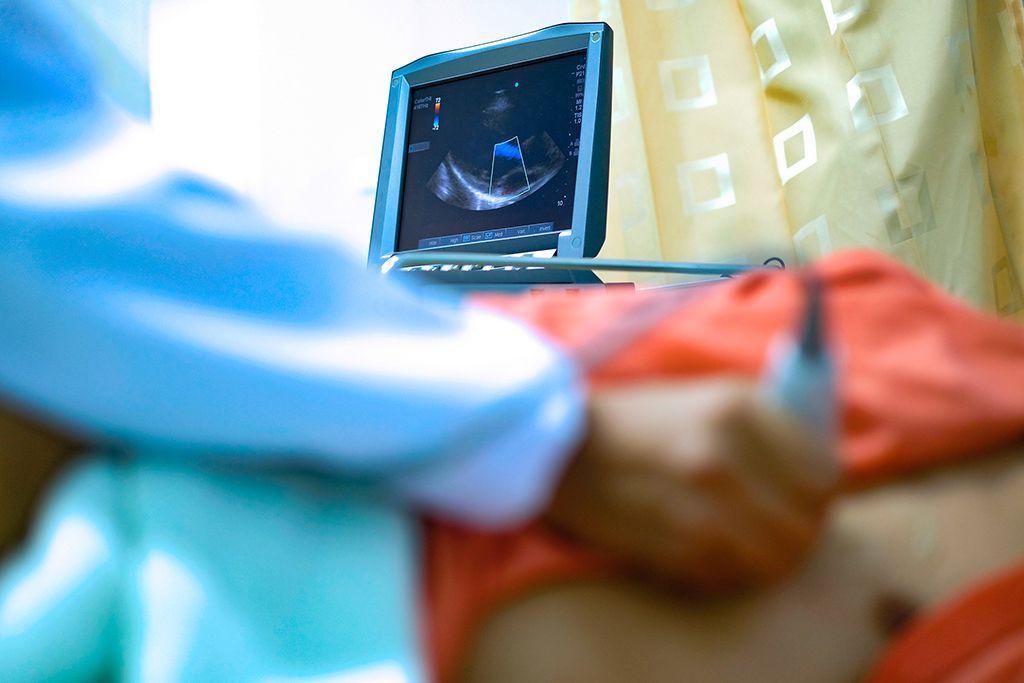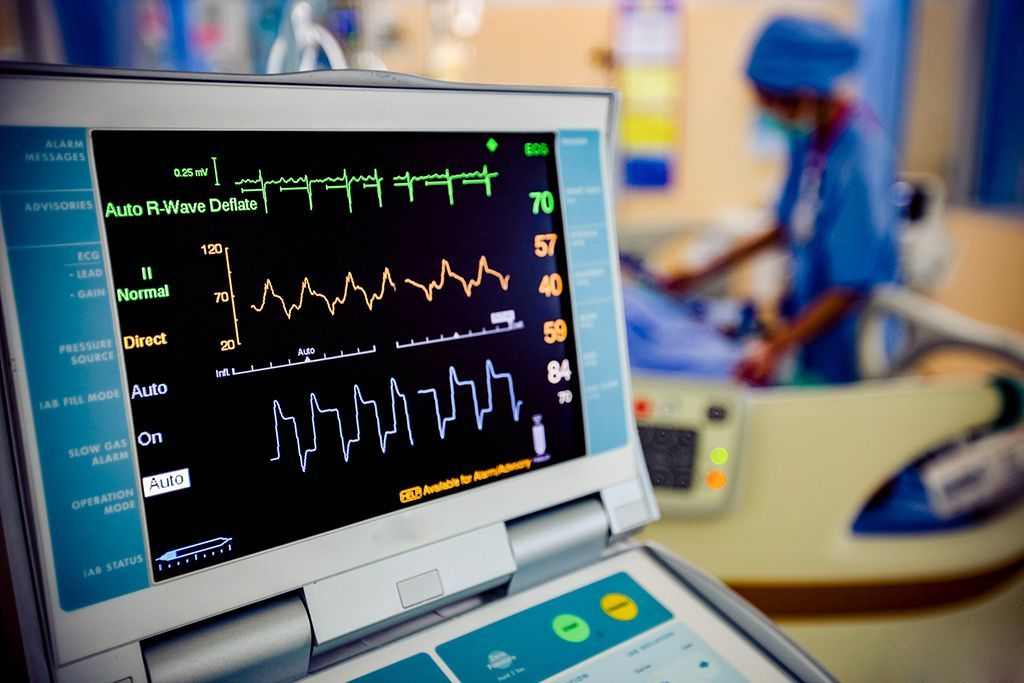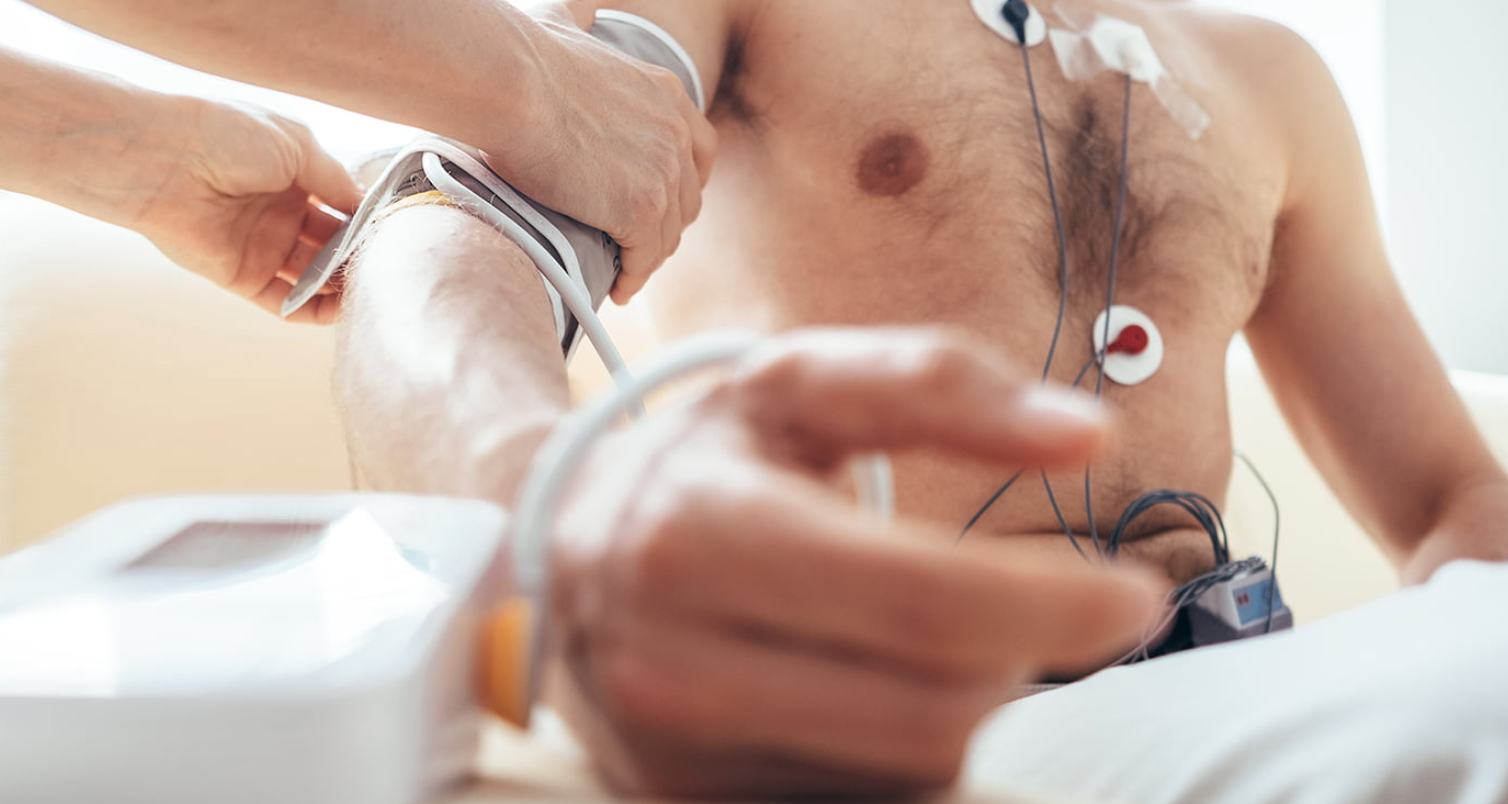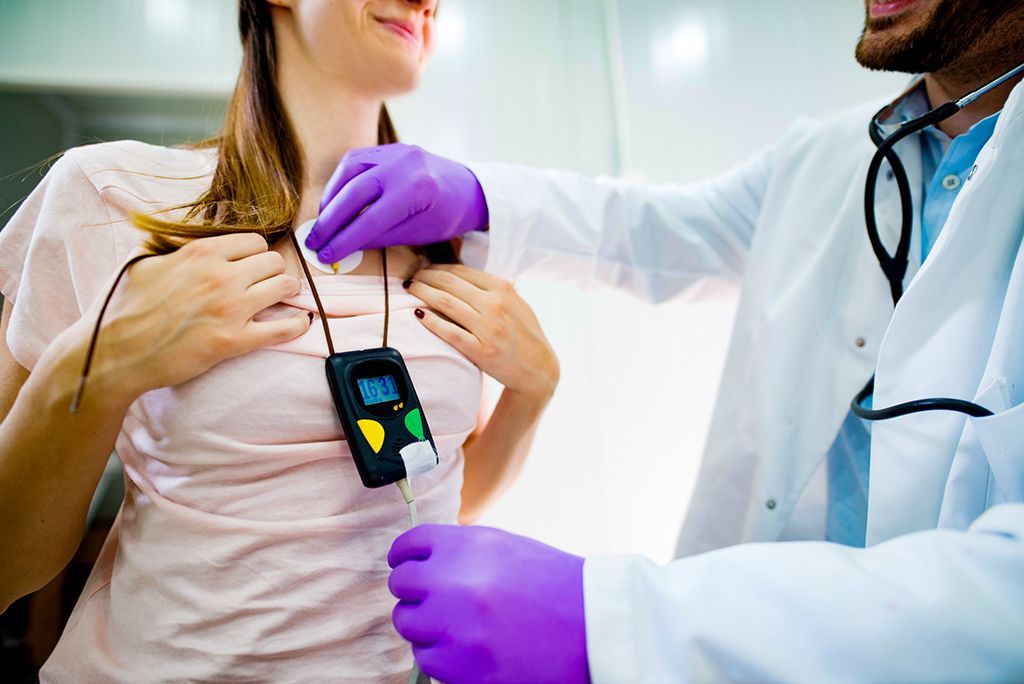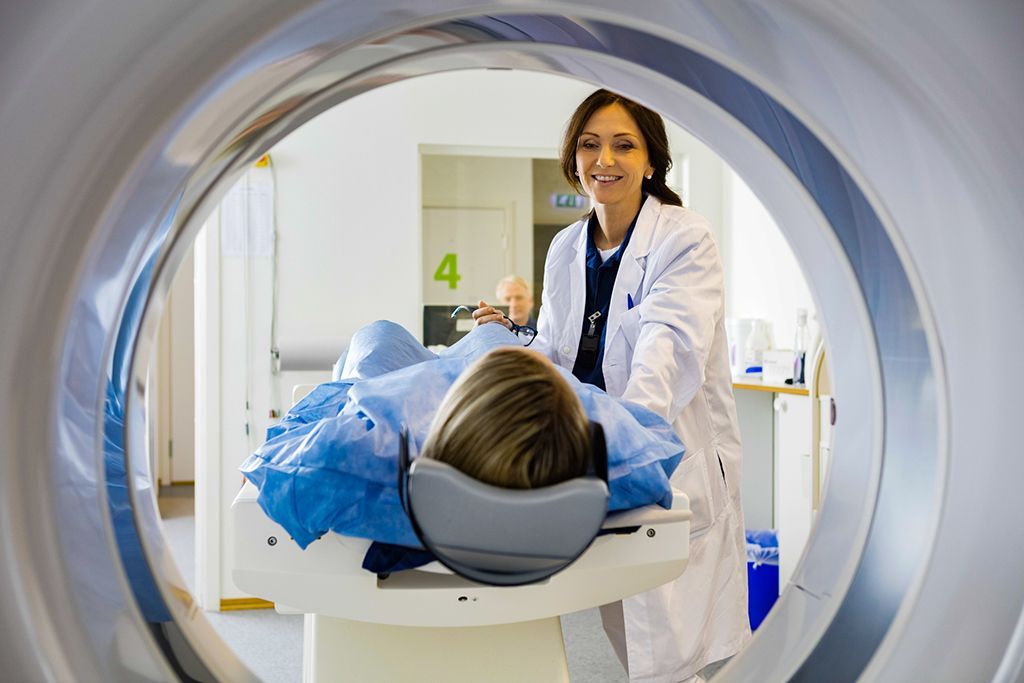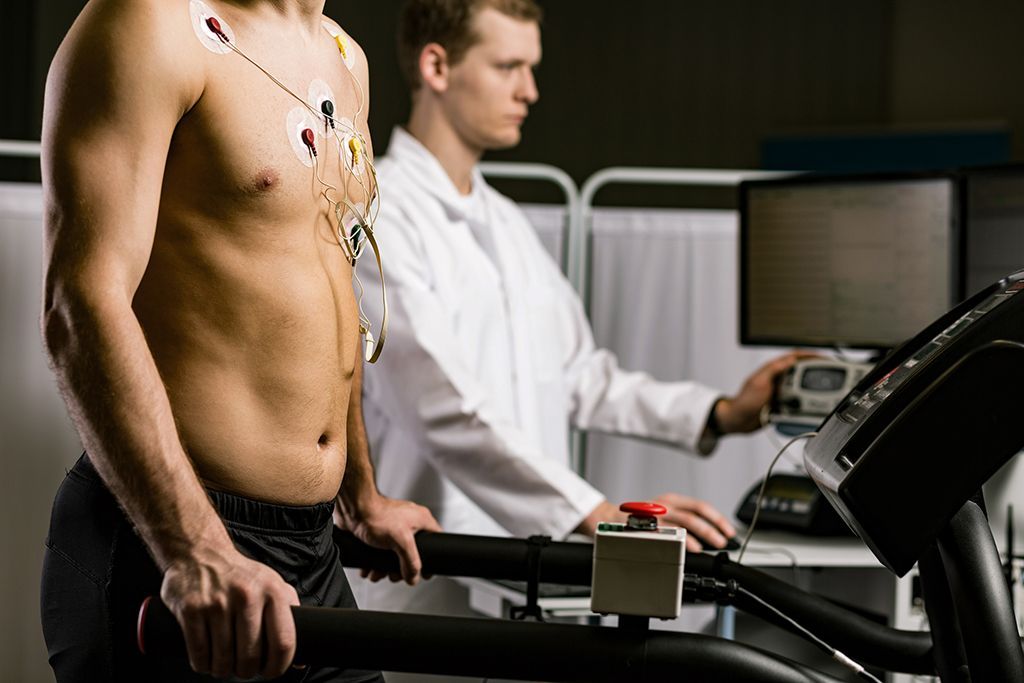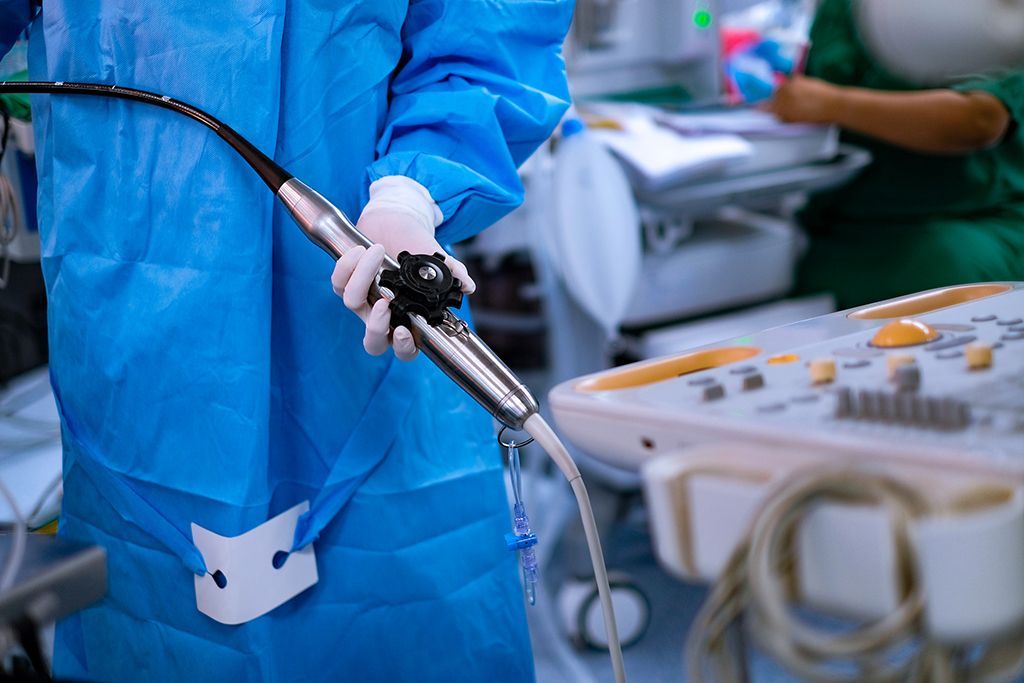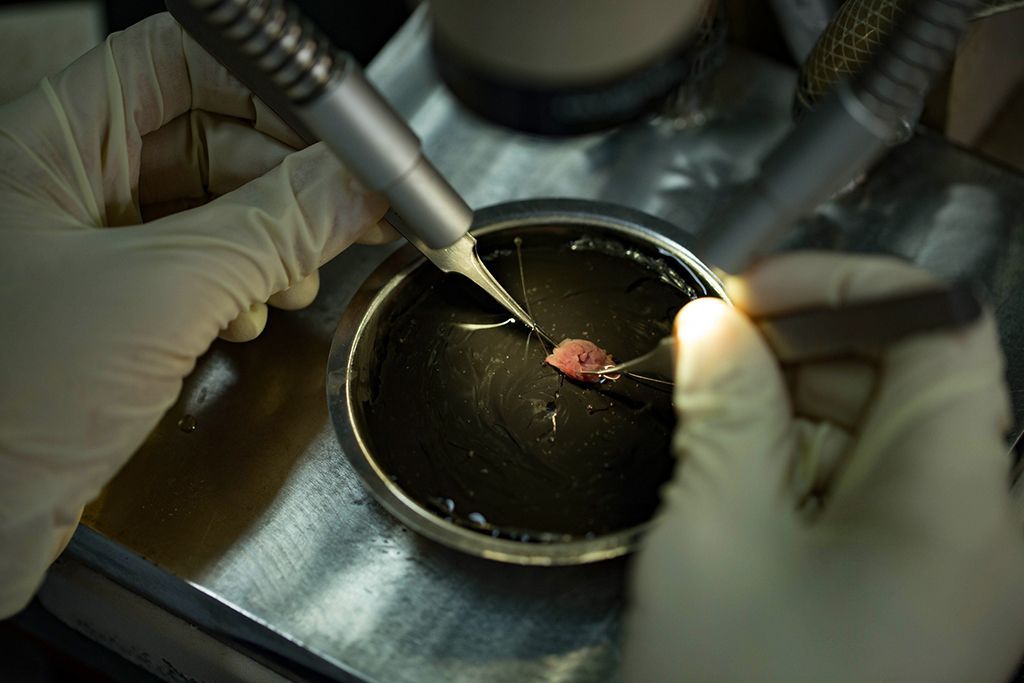HCM All Hearts Diagnostic Tools
Cardiac Catheterization
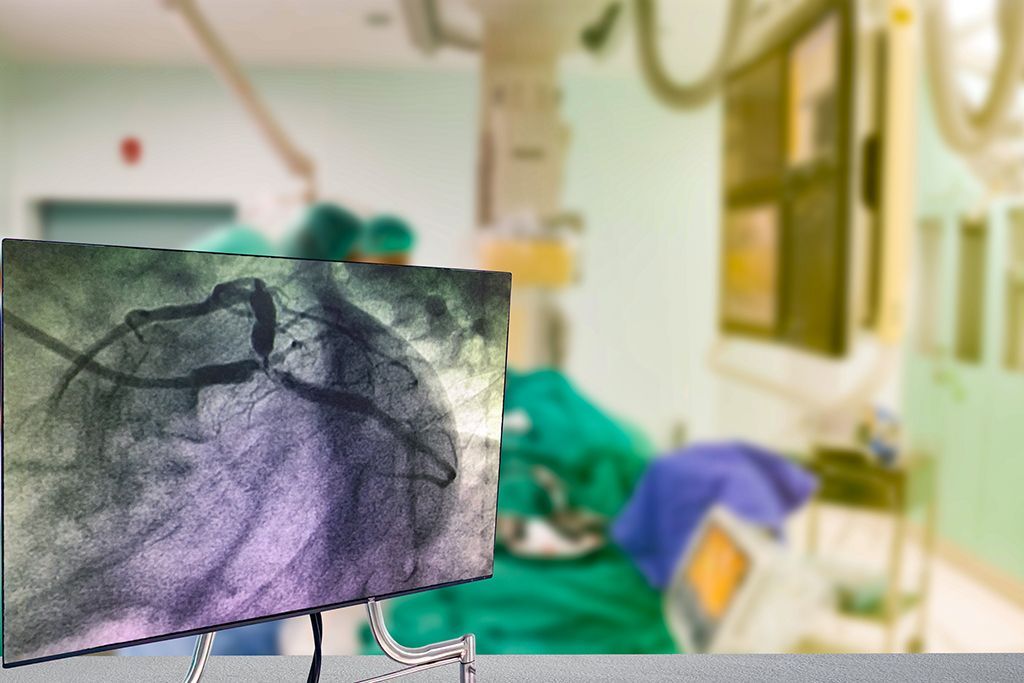
During a cardiac catheterization, your doctor will insert a tube into a blood vessel and thread it through your body into a heart chamber. This procedure is used to measure heart function directly and to perform certain treatments.
Cardiac catheterization is used to diagnose or treat many heart conditions. During this process, a long tube called a catheter is inserted into an artery or vein in your arm, neck, or groin and is threaded through your blood vessels to your heart using x-ray guidance.
During a catheterization, your doctor can identify narrowing or blockages in your vessels that can cause chest pain. They can also diagnose congenital heart defects and locate heart valve problems. They can measure pressures inside your heart and take a tissue sample. Some treatments can be done with a catheter instead of surgery. You will usually be awake during this procedure, but you will be given medication to numb the pain and to help you relax.
Citations:
Mayo Clinic. (2019, June 4). Cardiac Catheterization. Cardiac catheterization - Mayo Clinic. Retrieved October 17, 2020, from https://www.mayoclinic.org/tests-procedures/cardiac-catheterization/about/pac-20384695#:~:text=Cardiac%20catheterization%20(kath%2Duh%2D,blood%20vessels%20to%20your%20heart.
Related Diagnostic Tools

 Translate
Translate